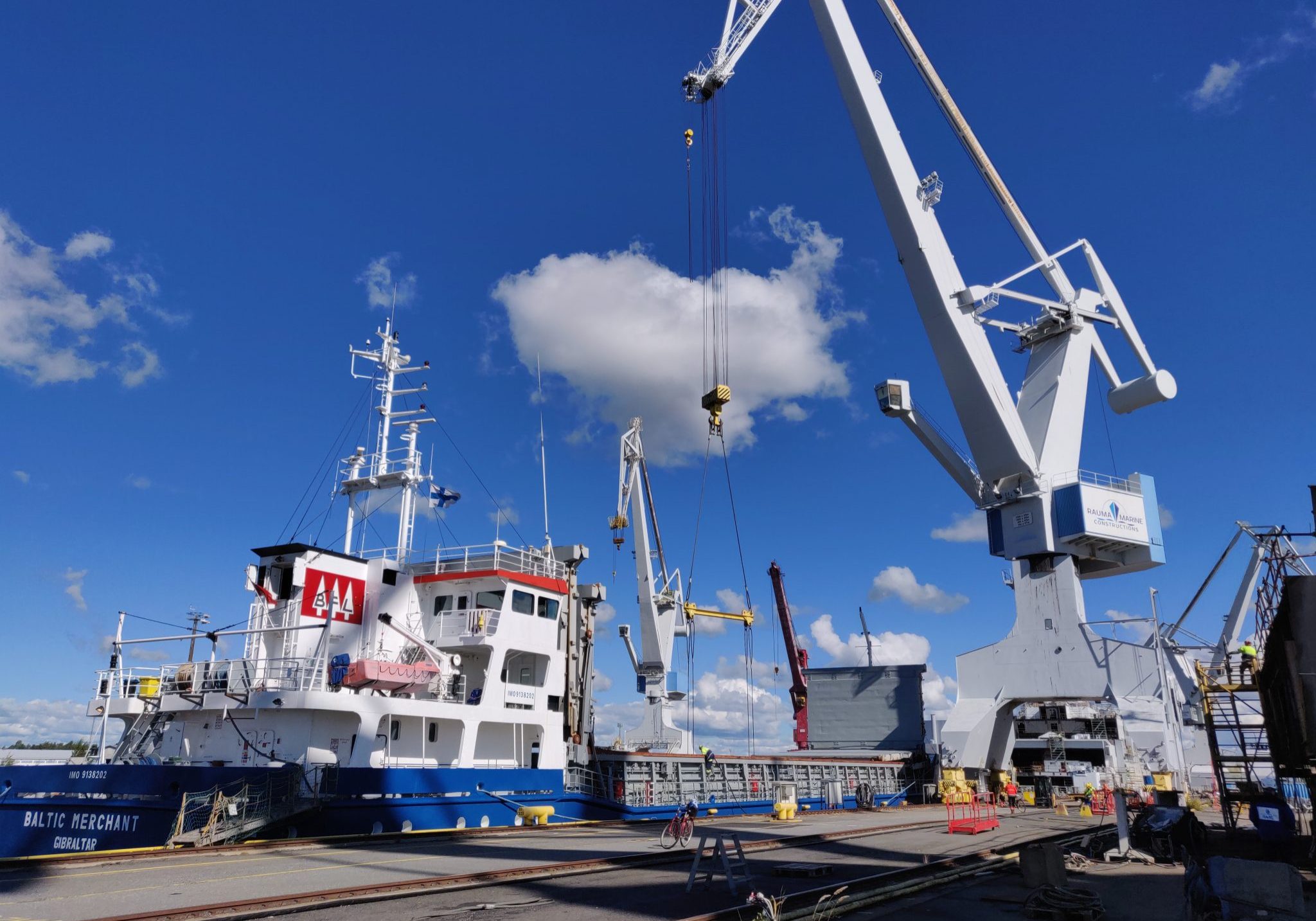We research: security of supply and green transition are high on the agenda of the Marine Logistics Research Center
The main task of the Maritime Logistics Research Center is to continuously develop new methods and solutions, and to come up with new approaches for the maritime logistics sector. In addition, it is also involved in comprehensive research in other logistics chains, applying new technologies to improve operations.

The logistics sector is undergoing a major transformation as international environmental legislation and national policies set requirements for harmful emissions. The Maritime Logistics Research Center wants to contribute to this challenge and support the development of maritime logistics operators. The right combination of security of supply and green transition can contribute to sustainable development while ensuring the continuity of logistics supply chains.
Ambitious green shift targets for maritime logistics pose questions and challenges for actors in the maritime cluster. At the same time, the geopolitical situation calls for increased investment, reflection and policy development, also in terms of security of supply, both for operators and for the region as a whole. Especially as the functioning of logistics is a guarantee of security of supply for society as a whole.
The green transition and security of supply are increasingly important themes, especially in today's maritime logistics. Maritime transport is an important part of the transport industry and its importance will continue to grow. At the same time, the climate impact of maritime transport has been recognised by both operators and customers and the achievement of the green transition objectives will play an important role in the maritime logistics sector.
Satakunta has two major export ports and several industrial park clusters which are strongly affected by both the green transition and security of supply. Environmental objectives must be pursued and decisions and supportive policies must be put in place. On the other hand, the growing instability of the world situation means that we must also consider the overall picture and the choices to be made in terms of security of supply. At times, the requirements of security of supply do not go hand in hand with the green transition, but efforts must be made to move both forward in parallel, which poses a further challenge for operators and the regional economy as a whole.
The Maritime Logistics Research Center is strongly focusing on both green transition and security of supply in its work packages, and several projects are addressing and exploring these issues from different perspectives and in the context of the different tasks and job descriptions of maritime logistics. Green transition and security of supply are themes that we are all working on together. They are made through choices and decisions, both within teams and at individual level.
For example, the Meriloki project has mapped the current state of maritime logistics in Satakunta on the themes of green transition and security of supply. This mapping will make it possible to identify and define the current situation. Satakunta has a strong maritime cluster industry and know-how. Extensive contacts and cooperation have been established with the actors in the sector. The discussions have provided a broad and comprehensive range of information and themes on the development needs of the various players and their ability to meet the emission reduction requirements without compromising security of supply. Identifying the management and opportunities of the overall logistics chain is a holistic approach that will have a positive impact on both the green transition and security of supply, while also giving the operator more resources from a business perspective. New fuels in maritime logistics are a green transition in name alone, but also have a role to play in the context of the functioning of security of supply. The development of operational models can be seen, for example, in the development of information between logistics operators and modes of transport and the further development of automation in processes. The examination of new operational models and their applicability to maritime logistics also gives rise to further research. Not to mention the implications of all this for port infrastructure, for example, what needs to be taken into account in infrastructure development and investment plans, what new technology material handling equipment can bring to maritime logistics.
The knowledge gained from these studies is actively disseminated to maritime logistics operators at sea, in ports and in inland logistics. The information will be used to help operators make the green transition and to make security of supply choices.
